Use of recombinant feline interferon and glucocorticoid in the treatment of feline infectious peritonitis
A total of 12 clinically ill cats previously diagnosed as feline infectious peritonitis (FIP) were treated with a combination of recombinant feline interferon and glucocorticoid. A complete remission (over 2 years) and a partial remission (2 to 5 months) were observed in four (33.3%) and four (33.3%) cases, respectively. Those that survived for more than 2 years were all older cats (6 to 16 years old) with the effusive form of FIP.
Feline infectious peritonitis (FIP), a feline coronavirus (FCoV) disease, has been recognized worldwide, and is considered to be a fatal disease of this species (Rohrbach et al., 2001). Generally accepted therapies include glucocorticoid with or without other immunosuppressive agents such as cyclophosphamide (McReynolds and Macy, 1997). Other documented therapies include use of human interferon and a Propionibacterium acnes preparation (Weiss et al., 1990), and ozagrel hydrochloride (Watari et al., 1998), but complete resolution of the disease was not reported.
Clinical diagnosis of FIP in the practice setting is a challenge to practitioners. To date, there is no single ante-mortem test both sensitive and specific for FIP, and Sparkes et al. (1991)state that the diagnosis of FIP should depend on the presence of multiple abnormalities which are compatible with this disease to increase the specificity.
Recently, a recombinant feline interferon (rFeIFN) has been marketed in Japan, the UK and EC countries with some feline (Japanese market) and canine (European market) viral infections as the label indications (Martin et al., 2002; Sakurai et al., 1992; Ueda et al., 1993). Although significant antiviral effect of rFeIFN against feline coronaviruses has not been demonstrated in vitro (Mochizukiet al., 1994), the immunomodulatory effects of interferon are generally accepted (Tompkins, 1999) and might be of some use in the treatment of immunologic disease such as FIP.
Clinical diagnosis of FIP was established for 12 cats presented at the hospitals. The cases included six males and six females with ages varying from3 months to 16 years. The criteria of the diagnosis included: antibiotics non-responsive chronic fever, low normal PCV values or mild non-regenerative anemia (PCV <32%; normal range 29–48%), hyperglobulinemia with electrophoretic evidence ofpolyclonal gammopathy, non-septic inflammatory ascites/pleural effusion (effusive) with characteristic findings, cytologic or pathologic evidence of pyogranuloma (dry-type), and FCoV serum antibody titer by an immunoperoxidase method using infected cell antigen. The mandatory findings for effusion were: no evidence of bacterial infection, high specific gravity (SG>1.017), high protein content (TP>3.0 g/dl), low albumin/globulin ratio (A/G<0.8), low cellularity (<10,000 cells/microliter), mixed cell reaction with non-degenerate neutrophils, lymphocytes and macrophages (Sparkes et al., 1991). The diagnosis of FIP was established when the cat had either the characteristic effusion or needle biopsy-confirmed granuloma and all the other findings above.
After the patients were stabilized by general supportive therapies including thoracocenthesis, oxygen administration and fluid therapy, the medical treatment was initiated. For the treatment regimen, rFeIFN1 was initially administered subcutaneously at 1 MU/kg every other day until remission, followed by weekly subcutaneous injections with the same dosage. Glucocorticoid was used either as intrathoracic injection of dexamethasone at 1 mg/kg once, in case of respiratory emergency, followed by oral doses of prednisolone at 2 mg/kg daily gradually tapering to 0.5 mg/kg every other day, or oral prednisolone only from the start.
Table 1shows the summary of cases studied and the outcome. Case 5 was a 6-year-old spayed female domestic shorthair (DSH) cat presented with difficulty breathing and fever, and diagnosed as the thoracic effusive form of FIP. The FCoV antibody titer was 1:400 with a marginal low normal PCV of 32% and an elevated serum total protein of 10.8 g/dl with a marked polyclonal gammopathy. With rFeIFN at 1 MU/kg every other day and prednisolone at 1 mg/kg PO bid, the pleural effusion disappeared in 1 week. The maintenance therapy with the weekly doses of rFeIFN and prednisolone at 1 mg/kg PO every other day, the cat was healthy at 14 months from the diagnosis, when the treatment was terminated and the FCoV antibody was <1:100. The cat was still healthy at the end of the 2-year observation period.
Authors: T Ishida, A Shibanai, S Tanaka, K Uchida, M Mochizuki
Source: https://journals.sagepub.com/


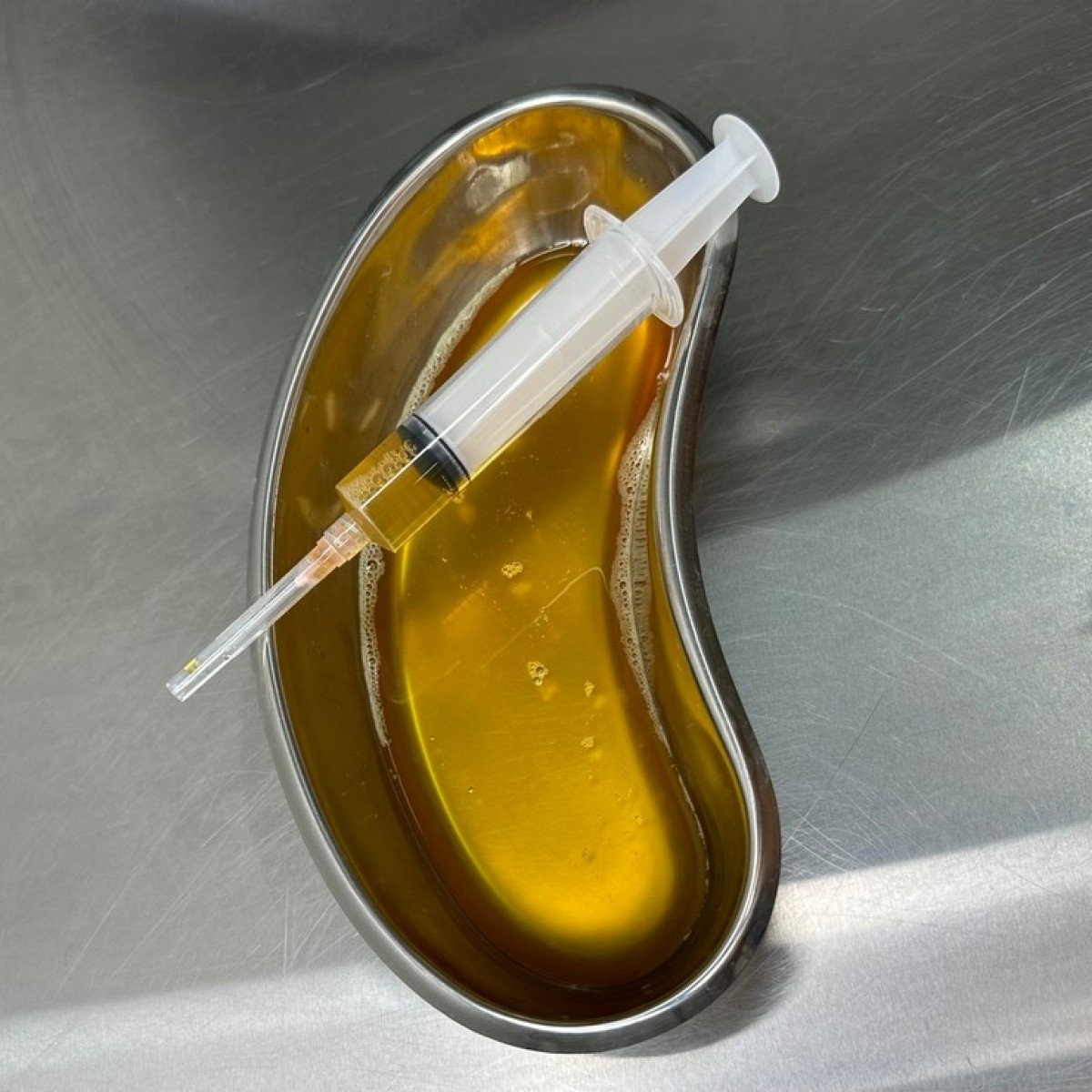

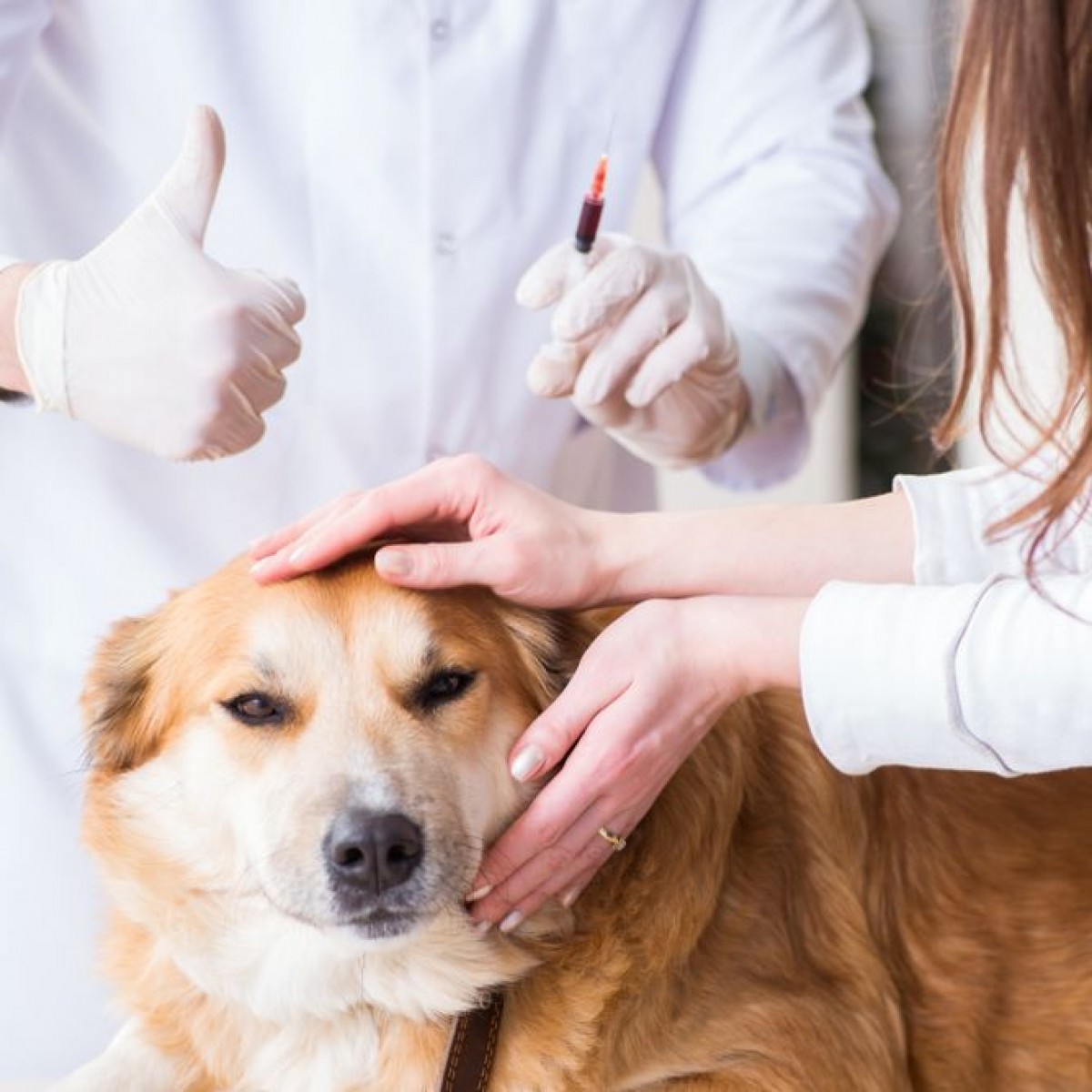

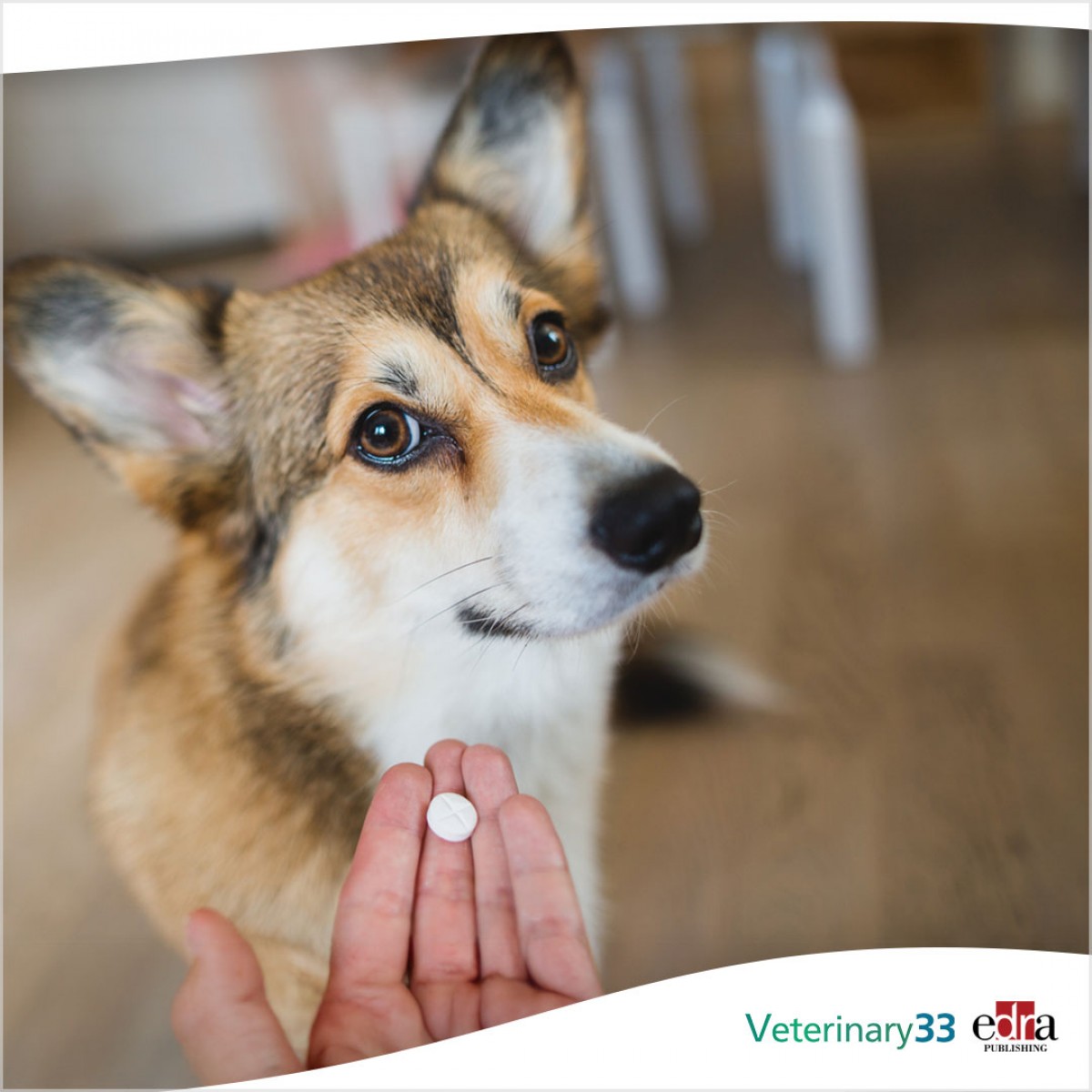


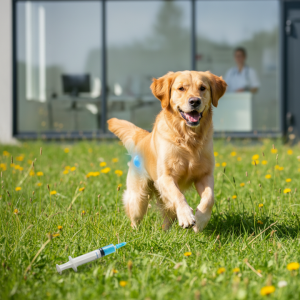

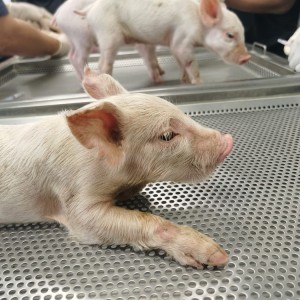


List
Add
Please enter a comment